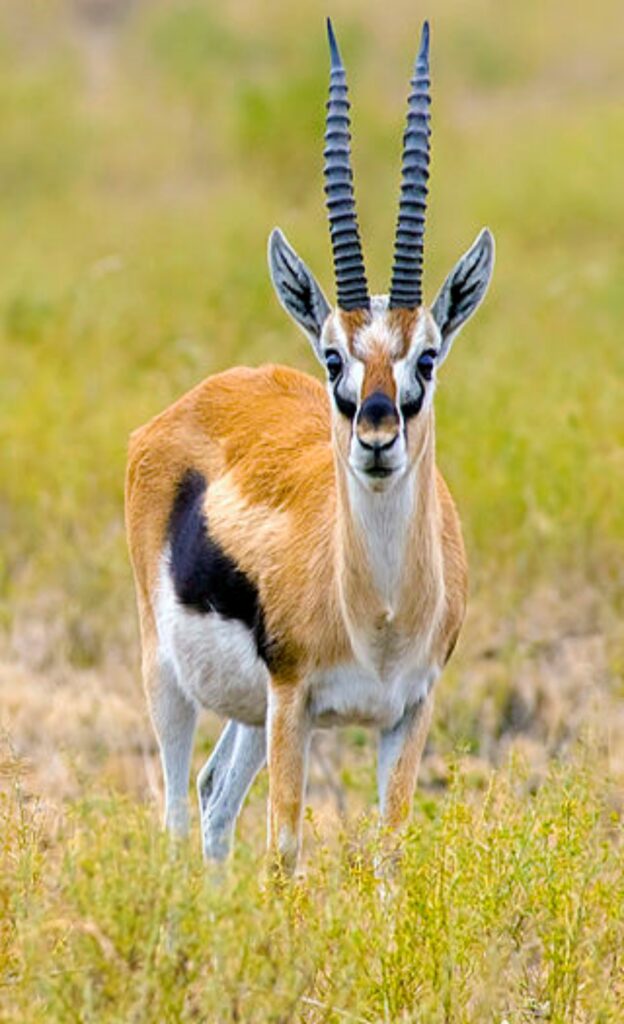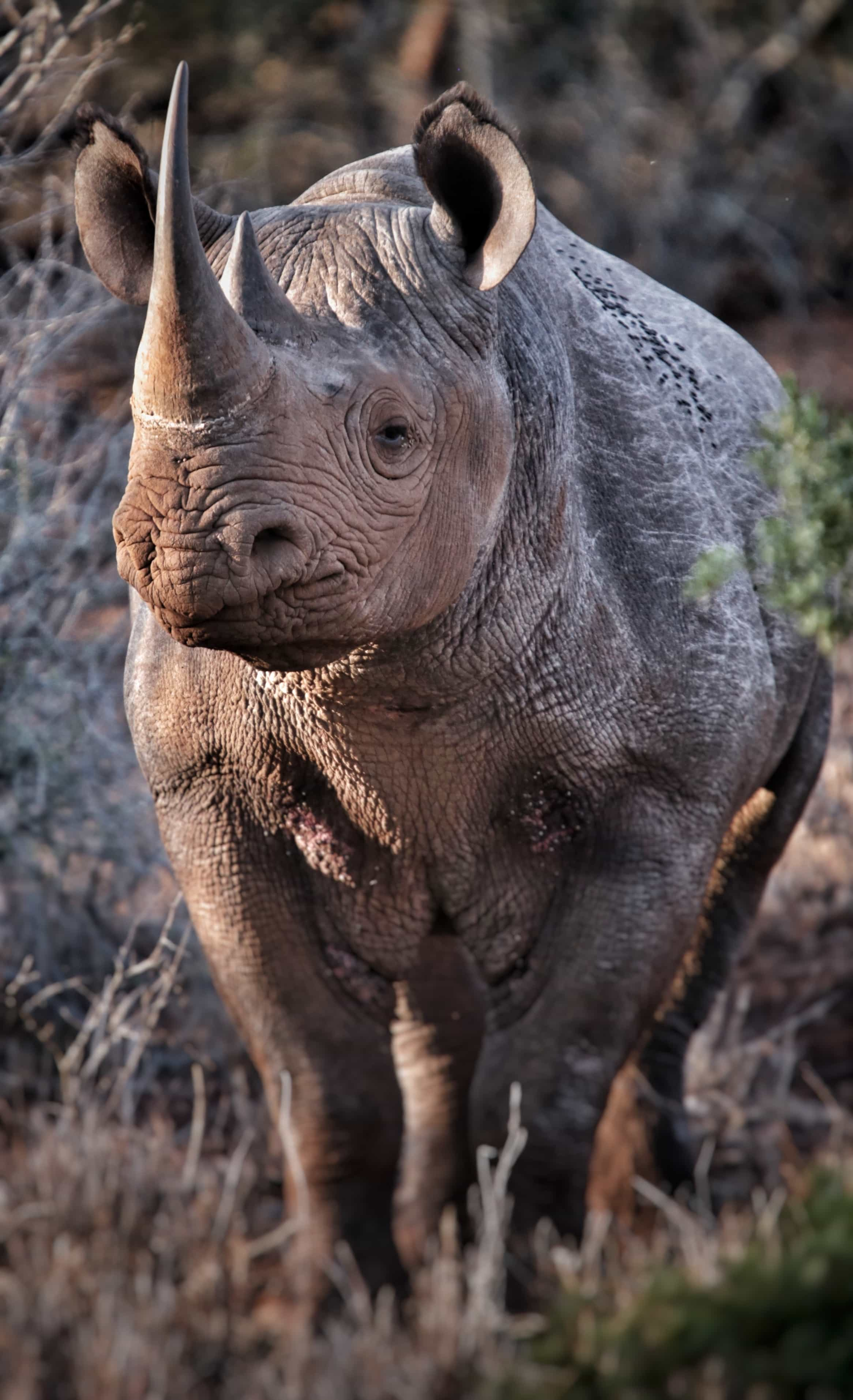- Ngorongoro National Park
The Ngorongoro Conservation Area (NCA) was once a part of the Serengeti National Park, which was established under the National Park Ordinance of 1948 and implemented in 1951 for the purpose of preserving its natural geographical and ecological make-up. In 1959, the two National Parks were split into two designated Protected Areas, with varied outstanding universal values and conservational statuses.
As one of Africa’s Seven Natural Wonders, NCA was universally recognized as a UNESCO World Heritage in 1979 under the natural and cultural criteria owing to its global importance for biodiversity conservation having demonstrated by the existence of globally threatened species, the density of wildlife inhabiting the area, and the annual migration of wildebeest, zebras, gazelles, and other wild animals into the northern plains. Its cultural recognition stemming from an exceptionally long sequence of crucial evidence related to human evolution and human-environment dynamics. Due to its exceptionally long sequence of this crucial evidence, spanning nearly four million years to the beginning of this era, including physical evidence of the most important benchmark in human evolutionary development, NCA’s global identity is fairly justified.
At its inception, the Ngorongoro Conservation Area was primarily established as a multi-land use area, where wildlife could co-exist with the most dominant semi-nomadic Maasai residents, who always move from one place to another in search of water and pasture for their livestock.



